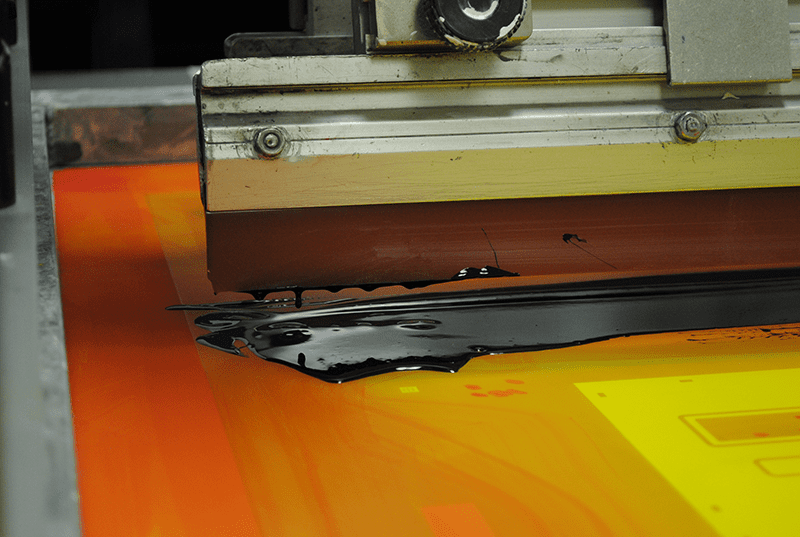Ever walk up to a screen and touch it thinking it is or should be a touch screen? Human to machine interfaces are everywhere now so it is not uncommon to expect that functionality on everything. Functional printing is what makes those interactions possible.
So, what in the world is functional printing? There is a lot of talk about printing, whether it is printed electronics, 3D printing, digital printing or conventional printing there is no shortage of information being produced on these subjects. Now we are hearing about Functional Printing which brings functionality to a person interacting with a machine. That interactive component is manufactured by utilizing a variety of printing processes; these include screen printing, rotogravure, flexographic, offset, digital and even 3D printing. Typically, functional printing will utilize conductive inks to create functional circuitry; touch screens, membrane switches, capacitive sensors, shields, and antennas. Sometimes components like these will be the only way a person can communicate with a piece of equipment.

Most equipment will have many types of printing associated with the machine. There will likely be a nameplate (aka graphic overlay) that has been screen printed and gives the operator knowledge about the manufacturer of the equipment. There may be a wide variety of flexographic labels on the piece of equipment that warn the operator about safe machine operation or further information on the equipment. There will also be an operators manual that was printed through a conventional printing process. These would be considered informational printing. Functional printing, on the other hand, brings the operator into a functional relationship with the operation of the equipment. Using a touch screen or membrane switch, a user can communicate directly with the equipment to set the parameters for correct operation of the machine. Through the use of a printed near field communication (NFC) antennae the operator can remotely operate a piece of equipment using another device.
As the world continues to bring more electronics into our everyday lives, functional printing techniques will be there to help create the ease of interaction that people now expect.
Want to learn more about how to incorporate functional printing into your next product? Contact us!
